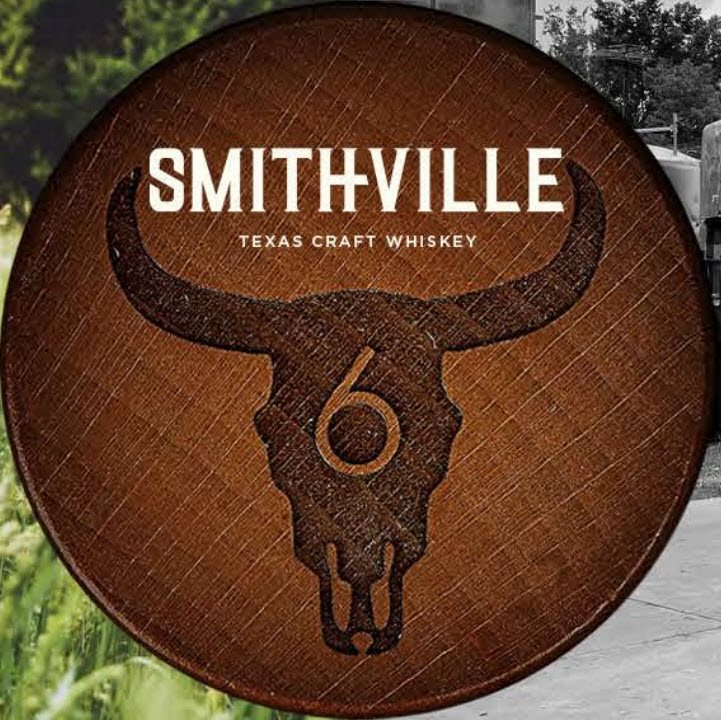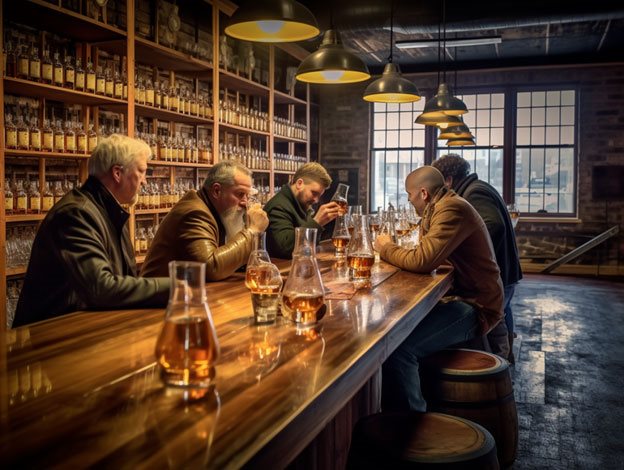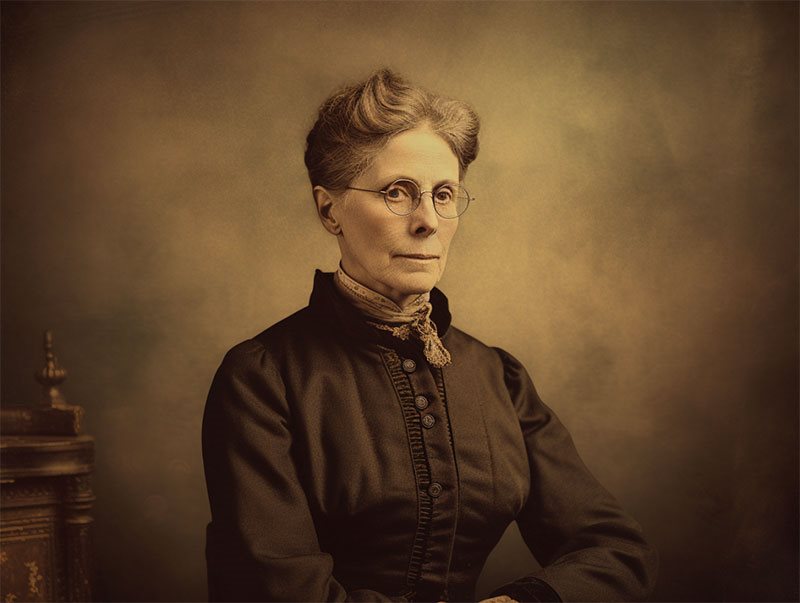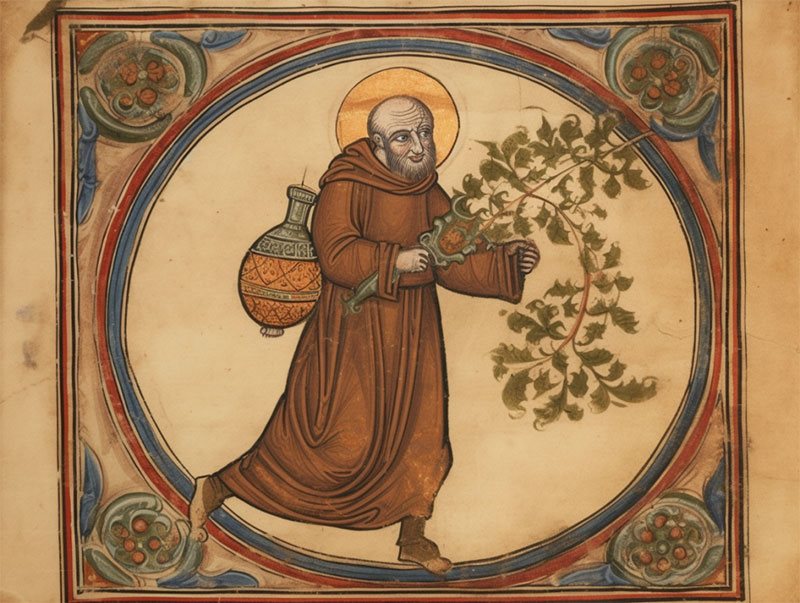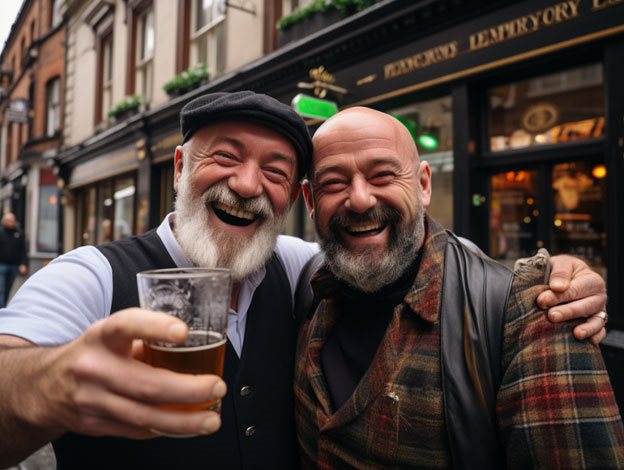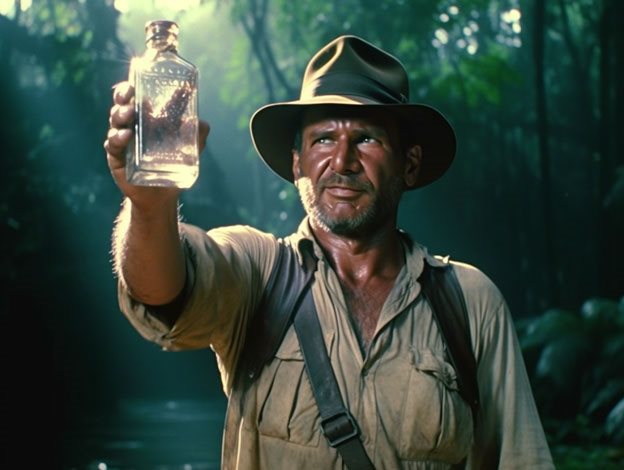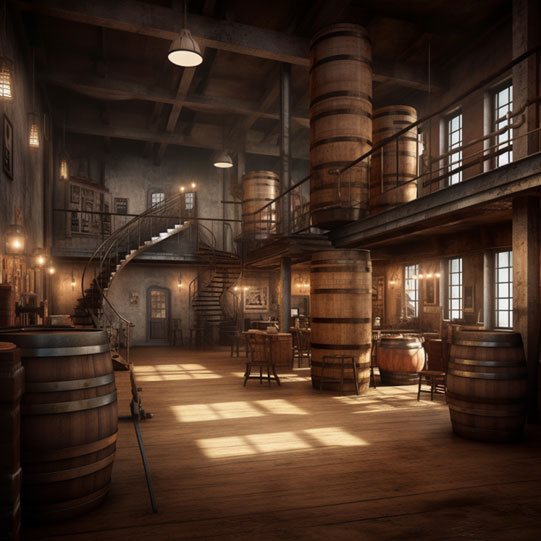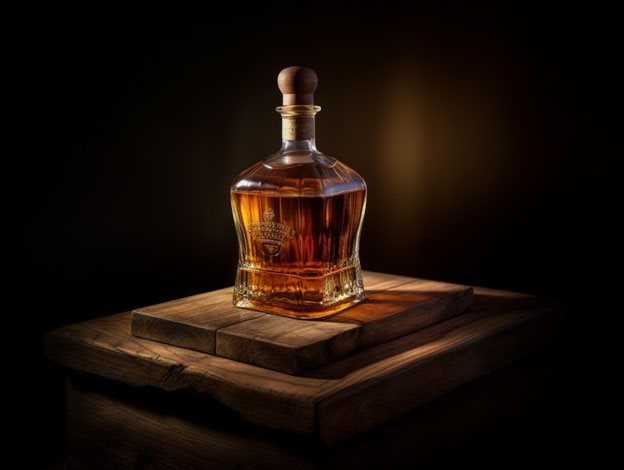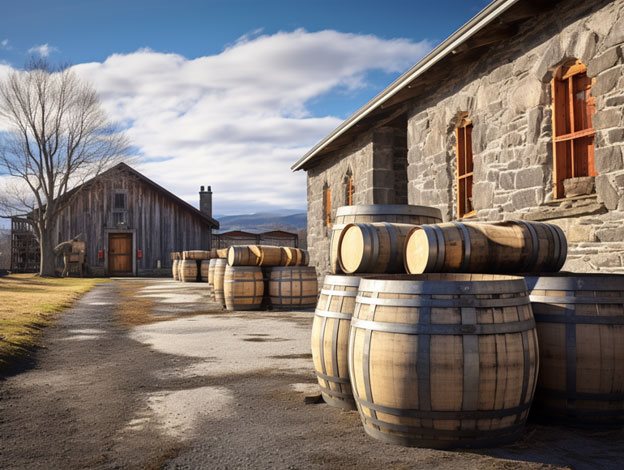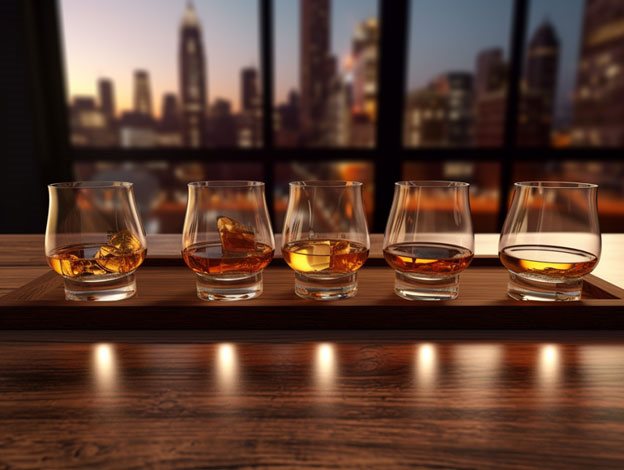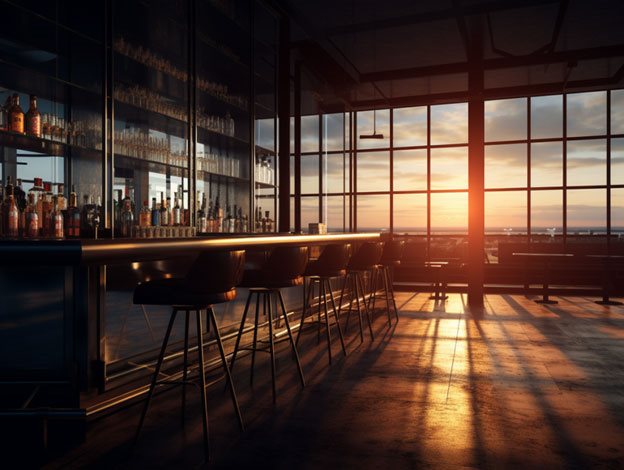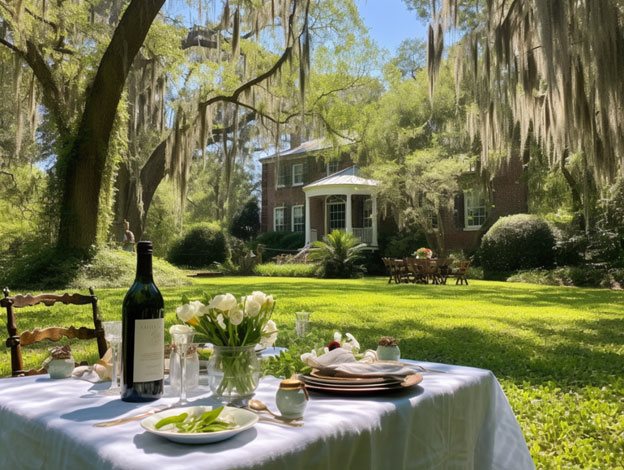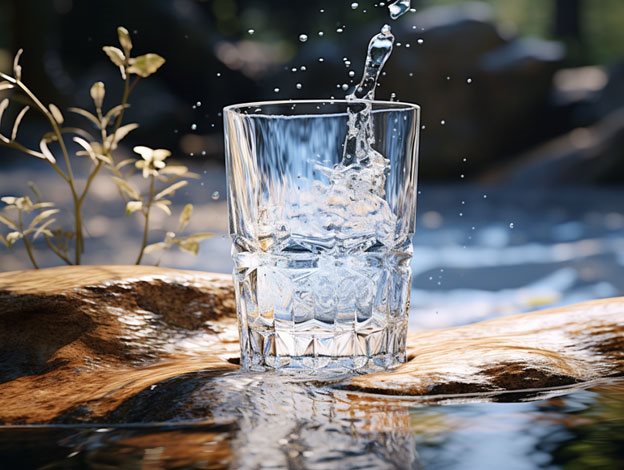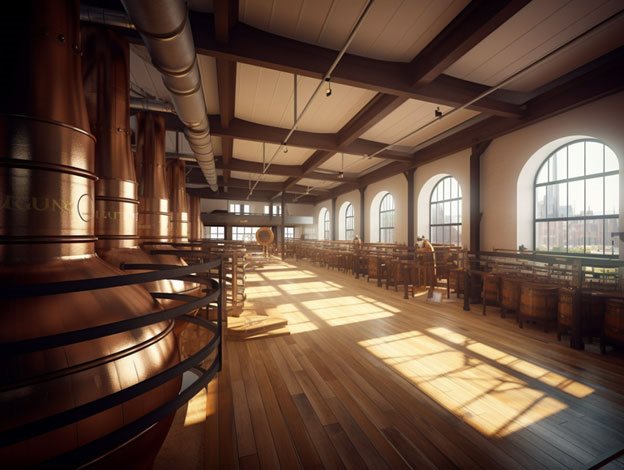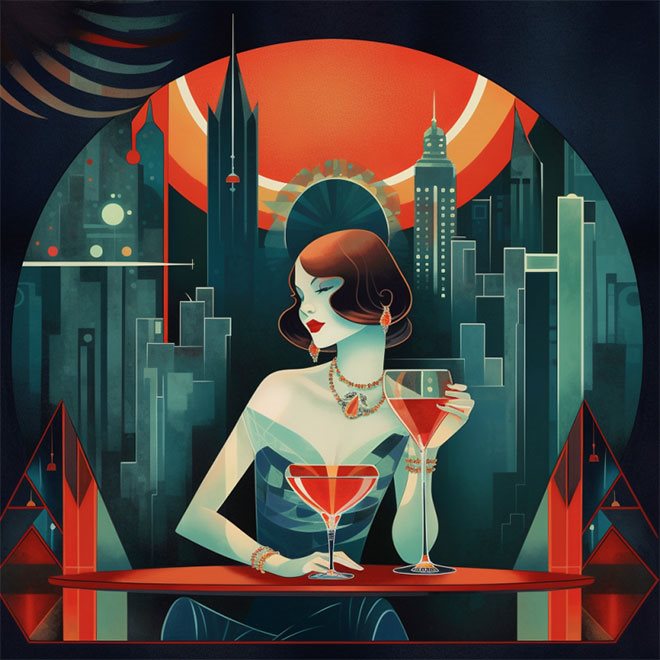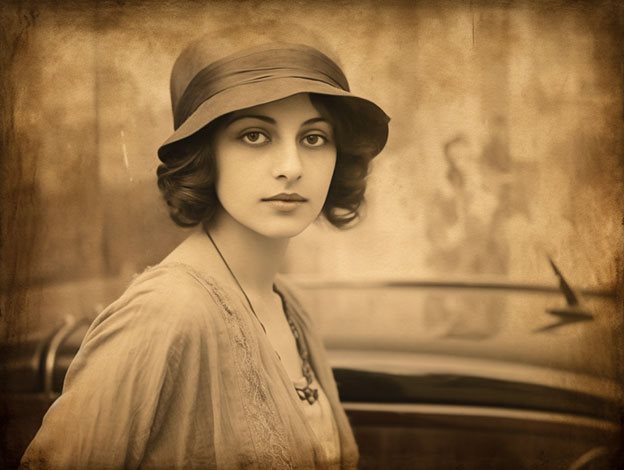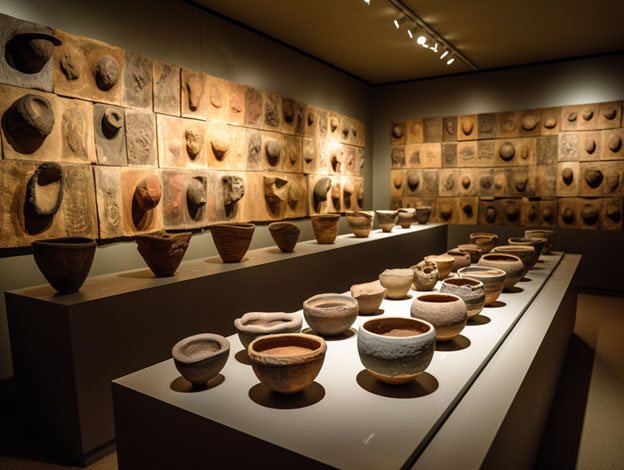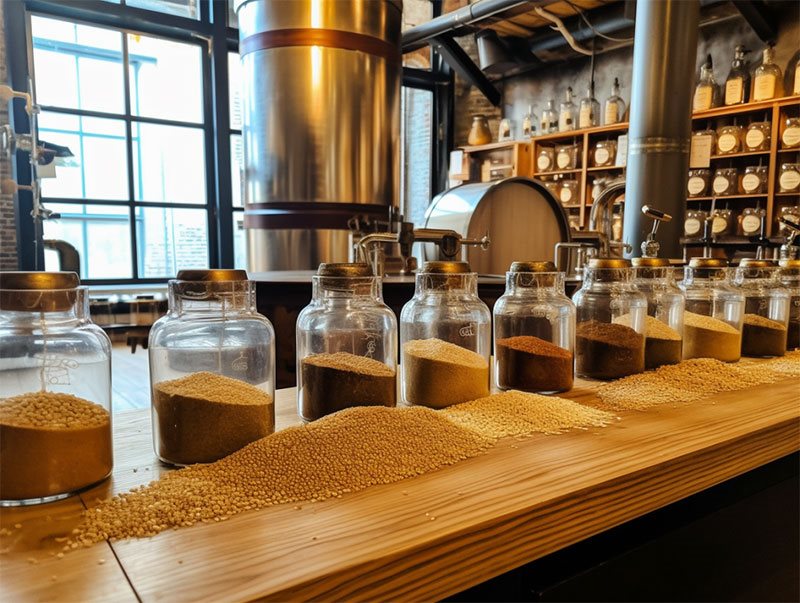Whisky lovers, get ready for a journey into the past, as today, we're delving into the intriguing role whisky played during one of the most dramatic periods in American history - the Prohibition era. As we delve into this tumultuous time, we'll uncover some surprising and, dare I say, spirited tales that are sure to add a dash of drama to your next whisky toast. So, let's step back in time to 1920...
The Noble Experiment
The 18th Amendment to the United States Constitution, enacted in January 1920, declared the production, sale, and transportation of alcoholic beverages illegal, ushering in the era commonly known as Prohibition. This "Noble Experiment" was driven by the temperance movement, which believed that banning alcohol would resolve many societal issues, from domestic violence to poverty. However, as we'll see, things didn't quite go as planned.

Medicinal Whisky: A Prescription for the Dry Times
While Prohibition shut down legal bars and distilleries, it did allow for one surprising exception: medicinal alcohol. Physicians could prescribe medicinal spirits, and patients could purchase them at pharmacies. During this time, Walgreens, a now-famous pharmacy chain, expanded from 20 stores to over 500! Not hard to guess why, right?
One of the most popular "medicinal" products was Walgreens' Wal-Tonic, known to contain a substantial amount of alcohol. And whisky, particularly Walgreens' Wal-Whisky, was a staple medicinal item. Suffice to say, there was an astonishing number of people with "health conditions" that required medicinal alcohol.
Bootlegging and Moonshining: The Illicit Whisky Trade
As you might expect, banning a substance as popular as alcohol led to a surge in illicit trade. Bootlegging operations smuggled alcohol from Canada and overseas into the U.S., and moonshiners produced homemade, often dangerous spirits. Whisky was particularly popular in these illegal operations due to its high alcohol content and ease of transport.
The Whisky Rebellion Redux: Prohibition's Unintended Consequences
Prohibition had some significant unintended consequences. It led to a massive loss of tax revenue for the government, and organized crime syndicates like Chicago's infamous Capone outfit profited immensely from the illegal alcohol trade. Furthermore, the lack of regulation on alcohol production led to a public health crisis, with "rotgut" alcohol poisoning and even killing consumers.
Repeal and Revival: The 21st Amendment and Whisky's Renaissance
Prohibition was ultimately deemed a failure, leading to the ratification of the 21st Amendment in 1933, which repealed the 18th Amendment. With this, the production and sale of alcohol, including whisky, were legal once again.
The American whisky industry, however, needed time to recover. The first whiskies to hit the market after Prohibition were often young and harsh, as ageing stocks had been depleted. However, over time, the quality improved, and the industry regained its footing, leading to the diverse and thriving American whisky scene we know and love today.
Concluding Shots
So there you have it, folks – the role of whisky during Prohibition was complex and fascinating, serving as a form of rebellious resistance, a lifeline for the sick (or at least those who claimed to be), and ultimately, a beacon of hope for the revival of the American spirit industry. As you raise your next glass of bourbon or rye, remember the tumultuous journey it represents and toast to the spirit of resilience and revival. Cheers!
